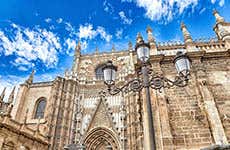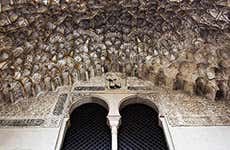
Cartuja Monastery
The Cartuja Monastery is one of the most representative works of Spanish Baroque. The ornate decoration of its chapels, outbuildings, and the large church it houses make it one of the must-see attractions in Granada.
Located just over two kilometers (1.2 miles) from the center of Granada, the Royal Monastery of Nuestra Señora de la Asunción de la Cartuja is a large religious complex that housed the Carthusian monks for three centuries. This monastery is one of the most important works of Spanish Baroque.
The sobriety of the exterior façade and the main portico contrast with the interior decoration, achieved through paintings, frescoes, sculptures, vaults, polychrome woodwork, and a myriad of artistic techniques.
The construction of the Cartuja Monastery began in the 16th century and the works were not finished until two centuries later, which is why the monastic complex combines Plateresque, Renaissance, late Gothic, and Baroque styles.
History
At the beginning of the 16th century, the Christian nobleman Gonzalo Fernández de Córdoba, better known as the Gran Capitán, gave part of his land for the construction of a monastery. Although the nobleman finally gave up the project, the Monastery of the Carthusian monastery began to rise in 1506 on an old Arab carmen.
The Carthusian monks inhabited this religious complex until they were expelled during the disentailment of the 19th century. The Carthusian monks were subject to a vow of silence and hardly left the monastery, so they spent the day praying, meditating, and studying.
In 1932, the Carthusian Monastery was declared a National Historic-Artistic Monument.
Monastery halls
- Courtyard: the cloister is the Arab-style courtyard that presides over the center of the monastery, decorated with orange trees and a central fountain.
- Refectory: this is the room where the monks ate and which today houses an important collection of paintings by the Carthusian monk Juan Sánchez Cotán.
- Chapter House: this is the oldest room in the monastery and is notable for its ribbed vault.
- Church of the Assumption: this is the most impressive part of the monastery. It was finished in the 17th century when the great altarpiece that separates the church in two was placed. On the main altar stands a sculpture of the Virgin of the Assumption by Jose de Mora.
- The chapel: it's one of the most decorated areas of the monastery. It was made by Francisco Hurtado and houses frescoes by the painter Antonio Palomino.
- The sacristy: this room is striking for its Arab influences in the decoration of the dome, adorned with plasterwork and inlays.
A must-visit
Although the Cartuja Monastery is not one of the most famous monuments in Granada, we consider that the artistic heritage it houses makes it one of the most beautiful places in the city.
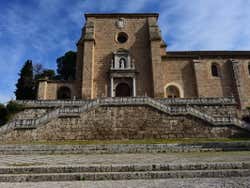
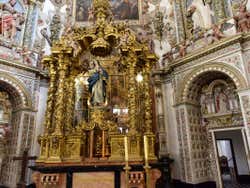
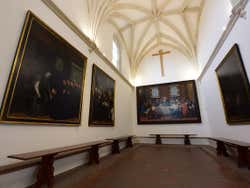
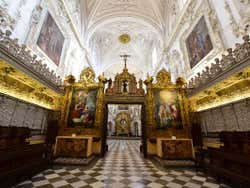
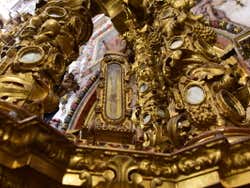
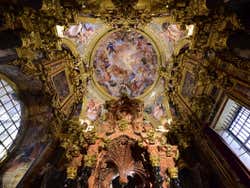
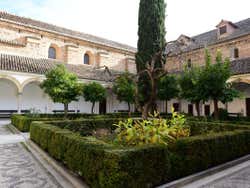
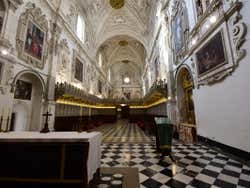
Schedule
Dunsay to Friday: from 10 am to 5:30 pm
Saturdays: from 10 am to 12:15 pm and from 3 pm to 5:30 pm
Price
General admission: € 5 (US$ 5.80) (including audio guide)
Accredited students: € 3.50 (US$ 4.06)
Children under 12: free admission
Transport
Bus: 8, U1, U2 y U3.
